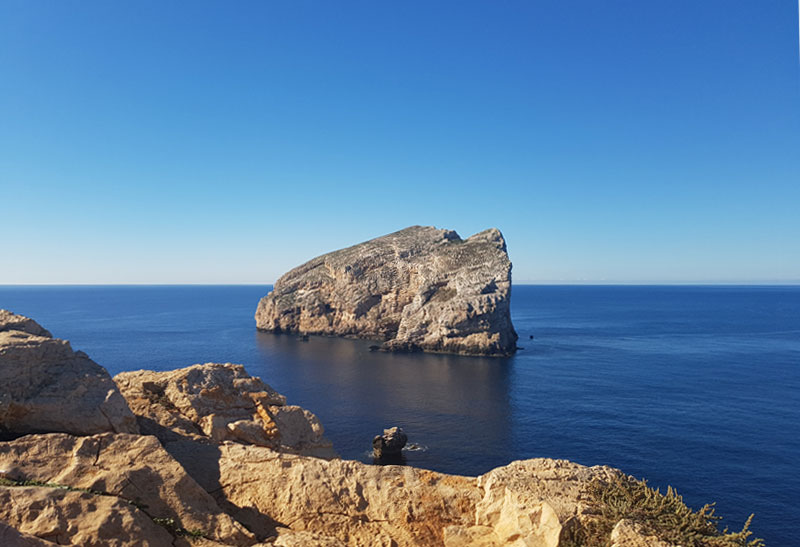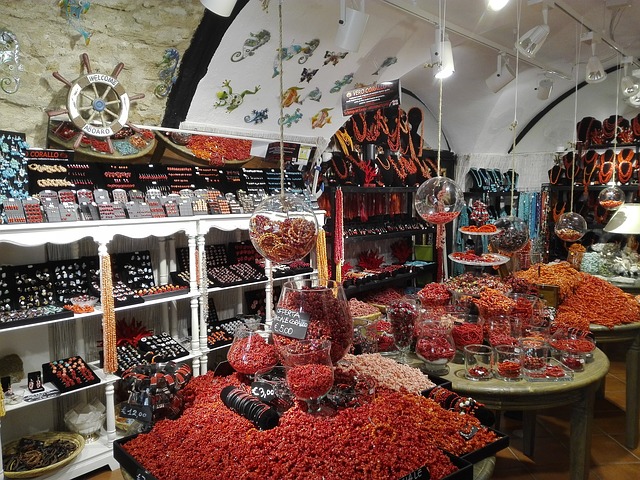09 Dec THE RICHES OF ALGHERO: CORALS, WINES, AND MORE
Alghero is known as the Riviera del Corallo’s capital, and much more…
After a long domination, it preserves the Catalonia’s traditions and language, although its origins are much older, as evidenced by the Palmavera’s nuraghi complex. Very interesting is the Anghelu Ruju site presenting red rocks which were used in ancient times for the blood and regeneration rites.
Not far from the city center there is the Capo Caccia’s protected marine area where you can admire the famous Neptune’s Caves.

The best times to visit the city to acquire local culture are December until early January for the Cap d’Any de l’Alguer (New Year’s Eve in Alghero) and that of Holy Week, with the very evocative traditional spanish rites.
Very attractive is the Ethnographic Museum Sella e Mosca, hosted on the wine estate.
The Sella & Mosca is certainly the island’s most important and famous estate. Founded in 1903,it has not lost its old charm. Tradition and innovation are integrated and complement each other in perfect harmony.
Among the winery’s most famous wines stand out an aged Cannonau and Vermentino di Sardegna.
Alghero is famous for its artistic jewelry, especially for its coral workshops, and silver filigree jewelry.

Pick up a necklace or a pair of earrings. This jewelry is made to ancient designs and is the result of endless patience and composure.
The consummate technique that is required to produce these products reaches very high levels in silver and gold work.
Besides the filigree jewelry which adorns Sardinian costumes there are matching ear rings and rings set with gemstones and pearls, bracelets and gancere, buckles and pendants (perhaps to defend against the evil eye),and very long necklaces decorated with gemstones and very decorative rosaries to hang over one’s bed.
The Alghero Old Town’s charm lies in its tangle of cobbled streets that are compact enough to explore on foot, and the fact that each shop is a one-off boutique.
Like many Italians, Sardinians know how to work leather and accordingly numerous boutiques focus on leather footwear and jackets.
And the varieties of Sardinian products are very much appreciated too.
You think you’re popping in for a bottle of wine. You come out weighted down with pots of honey, cured meats, pickled vegetables, salted snails, strange liqueurs and bags full of sweets.
Bottarga (mullet roe), also known as Sardinian caviar, is considered one of the most authentic, delicious examples of the island’s gastronomic tradition. Bottarga is made from mullet eggs, which are carefully extracted from the fish, with great care being taken to avoid rupturing the sacks that hold them. Similar to tuna roe, but with a more delicate flavor, bottarga is often served in fine slices or with pasta.
Not to forget the Sardinian food list are the traditional breads of Sardinia that tend to be hard and dry, and prepared only once a week. Pane carasau, a crisp, very thin bread that is made from durum wheat semolina and wheat flour, can keep for weeks at a time due to its very low water content;
Cheeses are the island’s major export, made from both goat and sheep, and they include capra sarda, fiore sardo ,pecorino romano , brigante .


